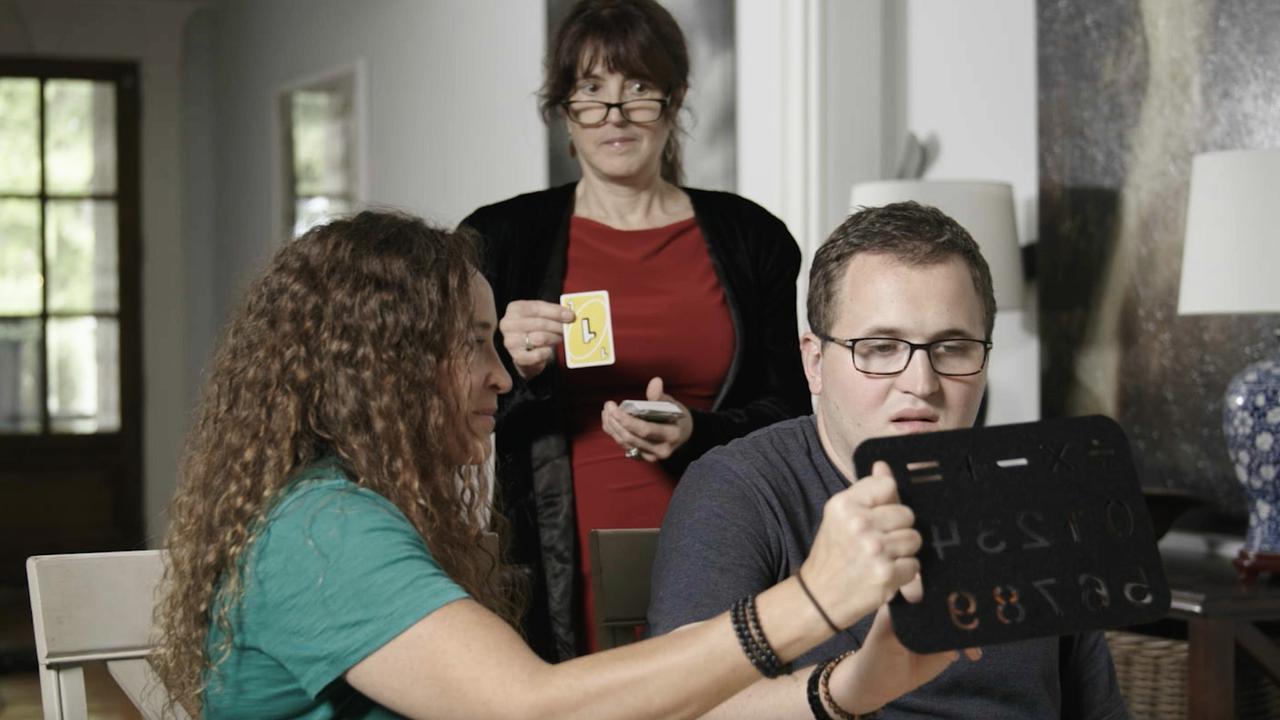Teen movies: familiar tropes of school, detention, love and growing up
Teen movies have been around since the birth of cinema, living out a time when anything is possible.
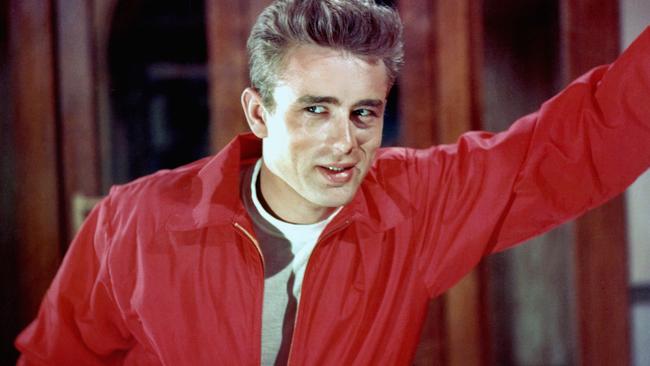
Spider-Man might have been a comic-book superhero for more than half a century, but he’s still very much a teenage boy. Conspicuously so in his latest incarnation: in Spider-Man: Homecoming, his alter ego, Peter Parker — played by English actor Tom Holland — is nerdy, boyish, firmly entrenched in high school. He’s a kid. That’s the point.
Spider-Man: Homecoming is a Marvel-Sony collaboration that places its central character within the Marvel Cinematic Universe. It’s also — quite consciously, quite deliberately — a teen movie, full of familiar tropes and images: the world of Peter Parker, superhero in training, is still the world of the yellow school bus, the corridor lined with lockers, the inter-school academic decathlon. Detention. Crushes. The homecoming dance.
There are many ways to describe the teen genre, but most teen stories are, as Adrian Martin wrote in Phantasms, about the liminal experience — “that intense, suspended moment between yesterday and tomorrow, between childhood and adulthood, between being a nobody and a somebody, when everything is in question and everything is possible”.
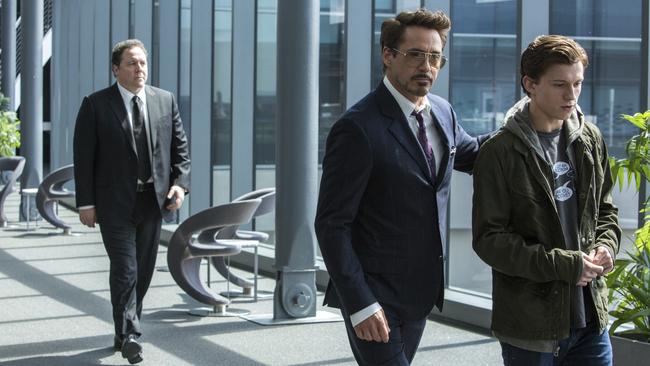
Even as a superhero, Spider-Man’s powers seem to have a decidedly adolescent cast: it’s almost as if he’s been transformed not by a radioactive spider bite, but by a wildly exaggerated version of puberty. His uncanny capacities are age-appropriate. A transformed Peter Parker, with his sticky secretions and moments of literal suspension, swinging wildly from one New York building to another on his spider-web, embodies exactly that experience, magnified a thousandfold. Yet is it helpful to talk about teen movies in relation to Spider-Man, beyond noting the filmmakers’ explicit referential gestures to the genre? What does it really mean, particularly when the teen movie is hardly a fixed or easily defined form? Is it simply a matter of the age of the central character, or the nature of the point of view?
The films you see as a teenager have an important part to play in how you understand the genre, and what you value. When I was a teenager, teen films were barely part of my filmgoing experience. The closest example was probably Francois Truffaut’s semi-autobiographical The 400 Blows: it might be one of the founding films of the French new wave, but for me at the time, it was a film about how it feels to be young, communicated to me with extraordinary specificity and energy by Jean-Pierre Leaud as the 14-year-old at its centre.
A teen movie, after all, can be a film about teenagers or a film for teenagers. The protagonists can be school age or a little older: they can be making the transition to college, or moving out of home, taking a job, seeking to exercise some independence from family, familiarity and strict institutional rules, yet still in the process of detaching themselves from the teen condition, adolescent identity, past allegiances.
Teen movies are often about the operation of a group or groups — of how they include or exclude members, how they create and confirm identity. These can be tales of misfits and outcasts, narratives of solitude, stories of the group and its loyalties, narratives of rebellion. Or all of the above. Families and family dynamics sometimes have a part to play. Adults might or might not be in the mix — their presence and their power can be evident or merely implied.
Teen movie scholarship points out that films about young people are part of cinema culture since the earliest years. There’s an argument that teen movies — tales of flappers and streetwise New York kids — existed in the 1930s, even if the term didn’t. From time to time, the teen movie seems to emerge as a genre with some specific features — it can be most readily identified, for example, in the 50s and the 80s.
If the 50s teen narrative was often about angst and delinquency and puzzled parents — who are these kids, why don’t they listen to us, what’s this music they’re listening to? — the 80s has often been considered a golden age for teen movies embraced by critics. It’s the era of John Hughes, the Dean of Teen, who wrote the screenplay for Pretty in Pink and wrote and directed, among others, Sixteen Candles, The Breakfast Club and Ferris Bueller’s Day Off.
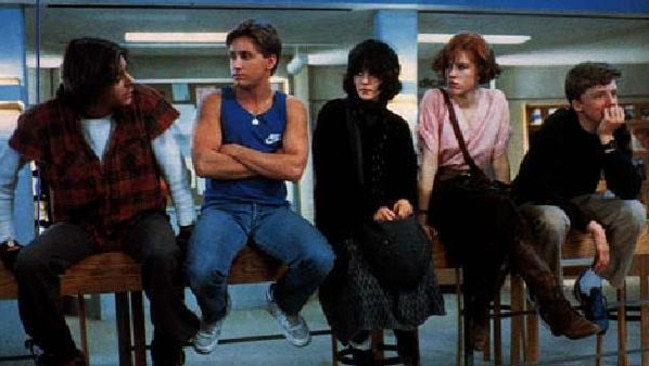
In The Breakfast Club, he gave us a group of teens very aware of their assigned place in the world — five students representing a range of teen stereotypes, forced to be together on a Saturday detention for a possibly transformative experience in understanding not just the self but the other.
If Molly Ringwald is the emblematic centre of Hughes films, then Matthew Broderick, as Ferris Bueller, is the exception: the teen uncharacteristically in control of his world, the wide-eyed trickster who makes adults look bumbling and inept.
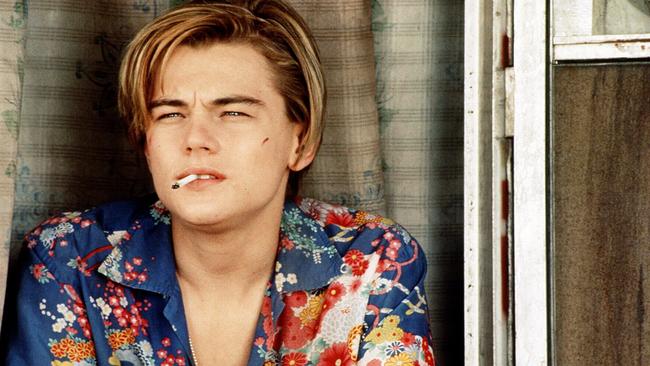
But the “teen movie” term can cover Romeo + Juliet and Rebel Without a Cause. It can refer to art house or horror, gross-out comedy or musical or artful coming-of-age recollection. There are movies that situate teenage dilemmas in high-culture frames — none better than the triumphantly witty Clueless (from Jane Austen’s Emma). Director Amy Heckerling had already defined the gritty ensemble movie a decade earlier with Fast Times at Ridgemont High; with Clueless, she created a whole new world of style, language, perception.
In the same revamped vein, there was 10 Things I Hate About You (a version of The Taming of the Shrew); Cruel Intentions (Dangerous Liaisons in prep school); and She’s the Man, a teen Twelfth Night, which gave an early indication of Channing Tatum’s special talent for jock vulnerability.
If there were critically approved films there were also disreputable movies, gross-out comedies that revel in discomfort and disgust, gleeful abjection. Yet sentimentality is often a feature of the teen movie, alongside scenes meant to provoke disgust or horrified laughter.
Transformation is a key element in a teen film: the capacity for sudden, devastating, even catastrophic change, the promise of makeover or metamorphosis. It can mean anything from losing your virginity or your art folio to swapping bodies with a member of the opposite sex or discovering you are a popular girl or a werewolf. It’s one of the greatest pleasures of the form. But transformation, for actors in teen movies, can sometimes be a vexed question when it comes to careers. There are performers who have effortlessly breezed from childhood to adolescence to adulthood, as easily as donning and shedding costumes. And there are others who never seem to transcend a key role, or who simply fall out of favour.
To see how fragile the representation of youth is, you can go back as far as Shirley Temple — an extraordinary screen talent in childhood, who had no real impact as a teenage actress, and retired in 1940 at the age of 22. And to see how enduring it can be, you only have to look at James Dean, whose death in a car crash in 1955 made him forever Jim Stark from Rebel Without a Cause, a permanent embodiment, a reference point with a posthumous and perpetual teen life of more than half a century. However striking he is in Rebel, the fact that its star will never grow old must have helped consolidate the mystique. Jim Stark transforms himself by the end of the film, but Dean himself is immutable, immortal.
For his Rebel co-stars, Sal Mineo and Natalie Wood, both genuine teenagers when they made the film with him, it was a different story: Wood established a career post adolescence, Mineo never really did.
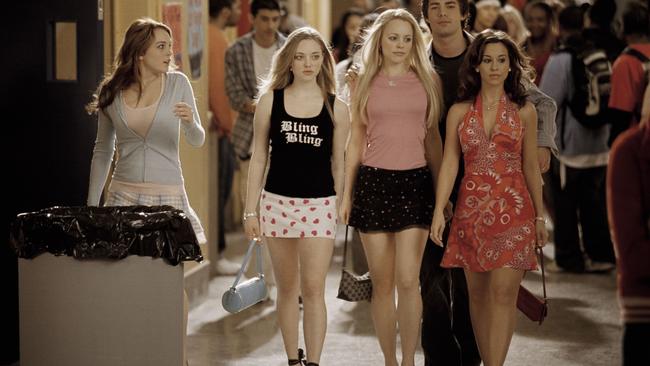
There are only so many teen roles in a performer’s life. It’s a necessarily limited life span, although an actor’s adolescence can be considerably prolonged. In Mean Girls star Lindsay Lohan was eight years younger than Rachel McAdams, her antagonist Regina George. Alan Ruck, as the lugubrious Cameron in Ferris Bueller’s Day Off, was 29 when he shot the film; Stockard Channing was 33 when she played Rizzo in Grease.
Holland, who’s 21, hasn’t really had a teen movie role before. He spent two years on stage in the West End in Billy Elliott, first as Michael and then as Billy, and he had a role in the post-tsunami drama The Impossible, starring Naomi Watts, and in the TV series Wolf Hall. (He hasn’t done a movie musical yet, although he did a showstopping routine for a recent episode of Lip Sync Battle to Rihanna’s Umbrella by way of Singin’ in the Rain.)
Spider-Man: Homecoming has another ingredient that often makes a teen movie stronger: a solid supporting cast of fellow teens. There’s his crush, Liz (Laura Harrier), captain of the science team; his best friend Ned (Jacob Batalon); the sardonic Michelle (Zendaya) — with her badass attitude and Sylvia Plath sweatshirt — punctuates the film briefly but tellingly, and looks set to figure more prominently in future films. Tony Revolori (The Grand Budapest Hotel) makes a creditable high-school antagonist. There’s a nice gesture to teen characters from the past: Martin Starr, who played Bill Haverchuck in the much-loved, highly influential TV series Freaks And Geeks, is the schoolteacher who runs the science team. And Robert Downey Jr, as Iron Man/Tony Stark, sponsor, mentor, disciplinarian and cynical adult, representing what is in many ways the opposite of the youthful enthusiasm and idealism Peter embodies — he too was once a teen movie figure, with a supporting role in the John Hughes film Weird Science, and appearances in college films Back to School and Johnny Be Good.
One of the most interesting explorations of the teen movie comes from English writer and filmmaker Charlie Lyne. He made the 2014 documentary Beyond Clueless, focusing on what he identifies as his personal golden age, the years from 1995 to 2004. He’s less positive about what has been made after 2004: this, for him, marks the emergence of the teen-fronted blockbuster, the likes of Divergent and Twilight. These are not, in his mind, genuine teen movies.
Beyond Clueless is an argument and a collage, a deft and delirious assembly of hundreds of movies featuring teenagers in films made between 1995, the year Clueless came out, and 2004, when Mean Girls was released. Some are art house, some mainstream, and there are lost gems and unfamiliar names amid the classics. A voiceover from Fairuza Balk, star of supernatural teen movie The Craft, guides us through the maze.
Lyne ends the film with Spider-Man — the Sam Raimi version of 2002, starring Tobey Maguire. For Lyne, Peter has to grow up to become a superhero to pass beyond adolescence. “Only in adulthood is he free to embrace the abnormalities that make him who he really is,” Balk says. “In high school he played a role, mutating himself into someone capable of surviving the adolescent experience.” The next Spider-Man movie is set for 2019. Will Tom Holland’s Peter Parker have graduated from the world of the teen movie by then? And at what cost?


